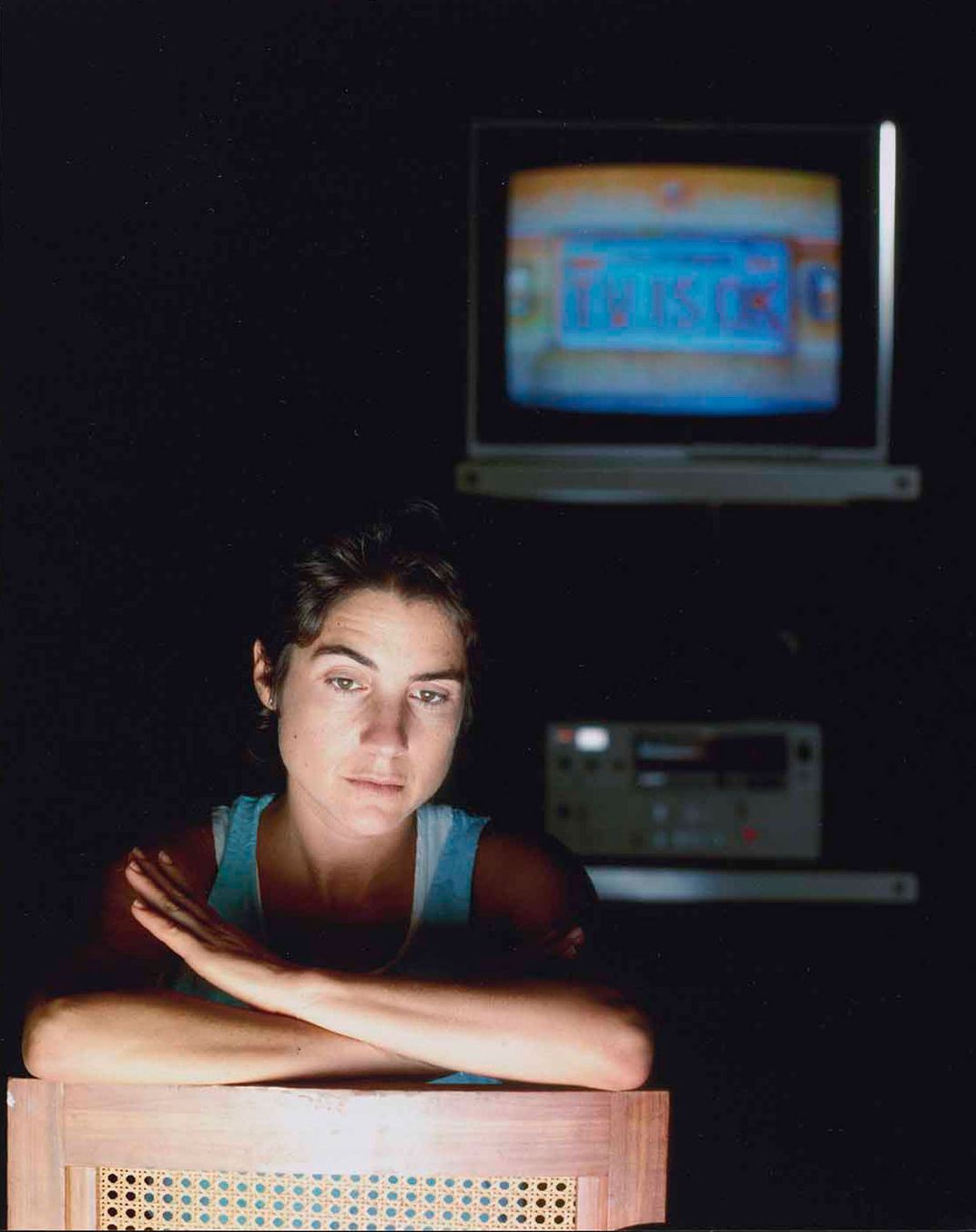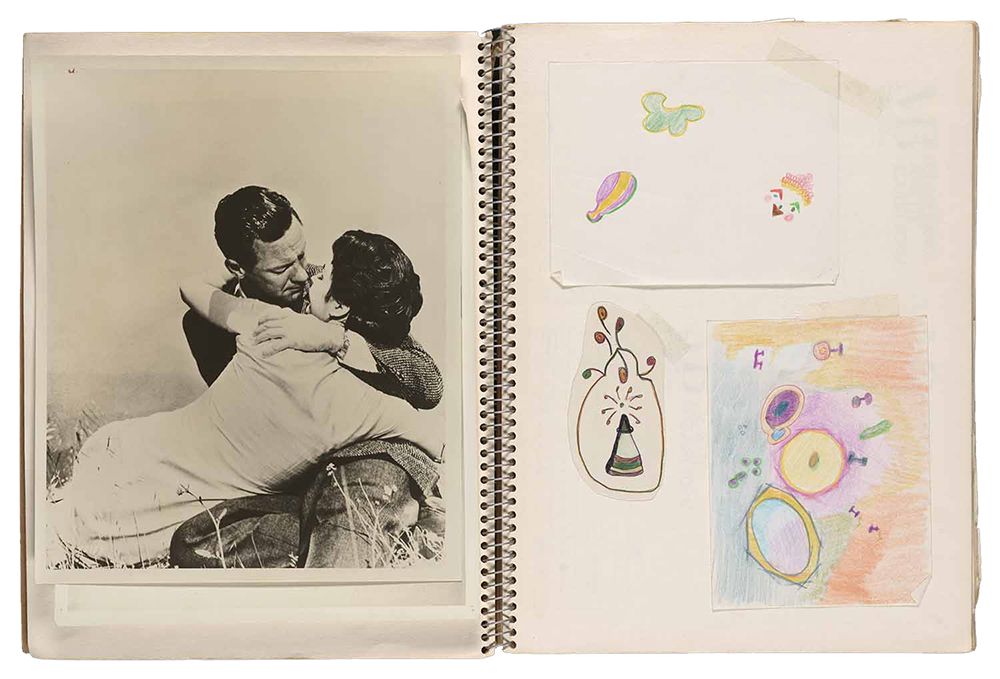Acquisitions: Ilene Segalove Papers
/https://tf-cmsv2-smithsonianmag-media.s3.amazonaws.com/blogging/featured/Simms-fig-1_teaser.jpg)
Among the papers of the Southern California-based artist Ilene Segalove (b. 1950) is a thick binder of press clippings, photographs, publicity materials, and correspondence related to her 1990 traveling survey exhibition. Why I Got into TV and Other Stories included outstanding examples of Segalove’s work in photography, video, and audio. As the press release for the show observes, however, “Few critics aware of her reputation as a founder of video art know that she has made marvelous photographs for over sixteen years, radio listeners are unaware of her video work, photography fans have never heard of her radio pieces and so on.” Segalove’s papers provide an excellent opportunity to better understand the depth and unity of the artist’s work across media.
Researchers will discover a trove of documentation dating from all periods of Segalove’s four decades-long career. Her witty photographic experiments and autobiographical explorations in the medium of video are chronicled in clippings, reviews, and announcements for exhibitions in which she participated. Segalove included in her papers several spiral-bound notebooks, which feature stapled-in letters, impromptu drawings, and brainstorming notes for a range of projects. One of these notebooks documents the conceptualization of The Cauliflower Alley Tapes (1976), made in collaboration with fellow artist Lowell Darling. The quasi-documentary, hour-long video, included in digital form in Segalove’s papers, is a patchwork of interviews with retired Los Angeles boxers.

Segalove, the papers reveal, took part in some of the earliest video shows in the United States, including the traveling exhibition Circuit: A Video Invitational (1972) and the more locally focused Southland Video Anthology (1975). Because the artist meticulously collected clippings and announcements for these exhibitions, researchers will be able to piece together a detailed chronology of early video shows in Southern California and beyond. The collection also contains the catalogue for the 1975 Whitney Biennial exhibition, which was the very first to present video art as a category unto itself. Segalove was the only woman whose work was included in the video category that year.

Segalove’s work in the 1980s and 1990s as an award-winning producer of audio programs for public radio is also documented at the Archives, through objects including a binder of preparatory materials related to her humorous and confessional series Body Parts (1986). An important thread that the papers reveal as running through Segalove’s creative output is her interest in the powerful attraction of broadcast media, which she addressed in conceptual photography and video pieces as well as in audio projects. Segalove’s exploration of the ways mass culture gets into one’s head, as it were, and the difficulty of telling the difference between television and real life, offers ample parallels with the current environment of ubiquitous social media and digital entertainment.
